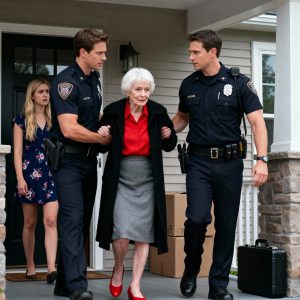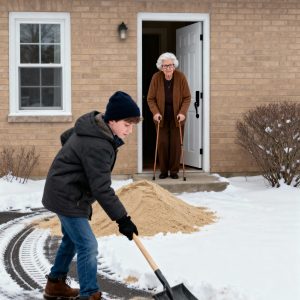Our house occupies one wing of a converted Georgian manor, its grounds guarded by five majestic sequoias planted when Napoleon was still making headlines. Two other families share the estate, but only the newest arrival—Barbara, heir to the unit next door—managed to turn those giants into a battleground.
Barbara’s hostility sprouted after a violent storm flattened her own maple two years ago. Ever since, she’s grumbled about our trees—too much shade, too many needles, supposedly one gust away from crushing her roof.
In the weeks before our holiday in France, her comments turned sharper. “One day you’ll wish you’d taken those monsters down,” she warned, half-smiling. We chose silence over a showdown and handed our house-sitter the keys.
Ten days later we drove back, jet-lagged and dreaming of bed—only to find a fresh stump where a 60-metre sequoia had stood. Two venerable oaks lay crushed beneath it like crumpled matchsticks. My breath stopped; the yard looked wounded.
Barbara wasted no time. She marched over, waving an $8,000 invoice for “emergency removal” and lawn repairs, insisting a surprise squall had toppled the tree while we were abroad. Her smile this time was all teeth.
Rage blurred into clarity when I remembered the wildlife camera we’d installed to monitor a family of owls. I pulled the memory card, hands shaking. Frame by frame, the truth blinked onscreen: Barbara, chainsaw in hand, directing a hired crew at dawn. No storm, just spite.
We invited her over, pressed play, and watched the colour drain from her cheeks. With the evidence forwarded to our solicitor, Barbara dropped the invoice, paid for professional restoration, and now avoids eye contact whenever the wind rustles what’s left of the grove.
Nothing can resurrect our fallen giant, yet the remaining sequoias stand a little prouder now—roots deep, branches unbowed. And Barbara has learned that some histories, like some trees, are not felled without consequence.





